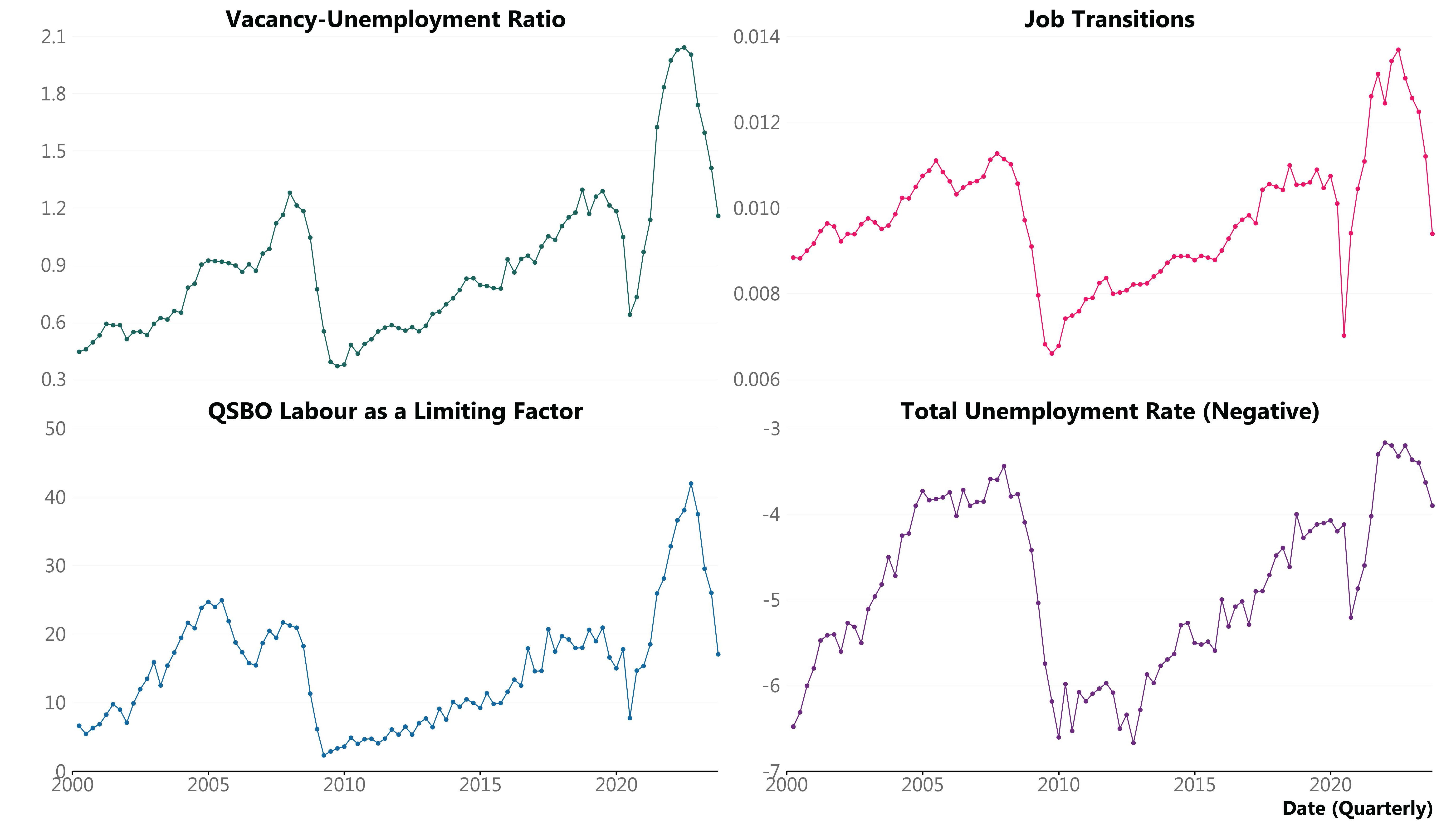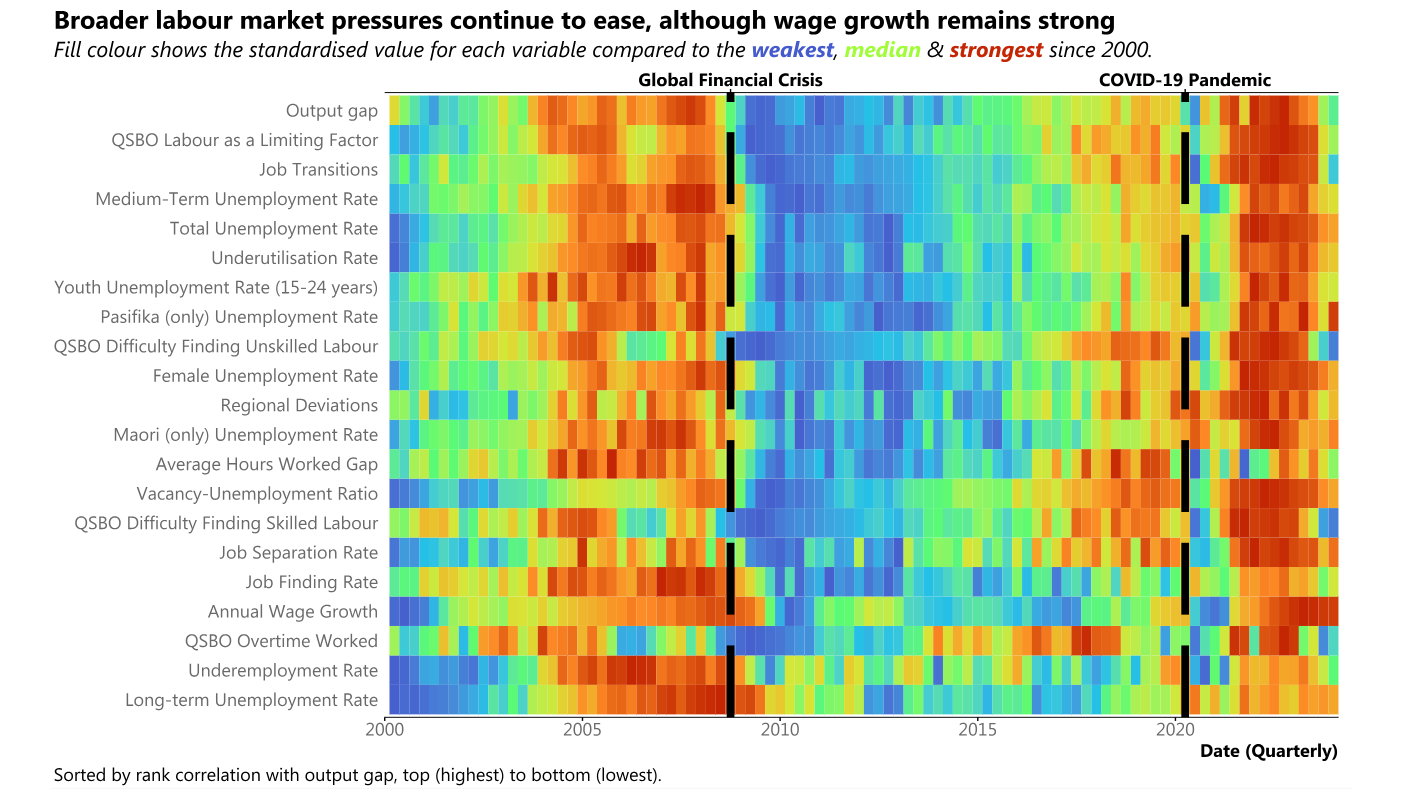New study proposes four key indicators

Reserve Bank senior adviser Christopher Ball’s latest analytical note unveiled a proposal to refine how the central bank measures inflationary heat emanating from the labour market. By narrowing down the focus to four high-quality indicators, the research suggested a more precise assessment method.
The proposed methodology emphasised four key indicators:
- the job transition rate
- the job vacancy-to-unemployment ratio
- the unemployment rate
- a survey on labor as a limiting factor for business production
These indicators are highlighted for their strong predictive power regarding price and wage inflation, contrasting with RBNZ’s current approach that spans 44 indicators, according to a news release.
While advocating for a focus on these four indicators, the paper also recommended retaining the broader set of labour market indicators for a more comprehensive labour market context understanding. This dual approach allows for detailed inflationary pressure analysis while maintaining an overarching view of the labor market’s health.
The paper presented two visual representations to illustrate the labor market’s inflationary pressure. The first zeroes in on the four key indicators, showing a peak in inflationary pressures since 2018 that is now receding.

The second, a color-coded heat map of a broader indicator set, offers a historical perspective, indicating a general easing in inflationary pressures while highlighting that they remain above post-GFC levels.

Download the research paper, "Assessing and communicating labour market indicators of inflationary pressure".
Get the hottest and freshest mortgage news delivered right into your inbox. Subscribe now to our FREE daily newsletter.



